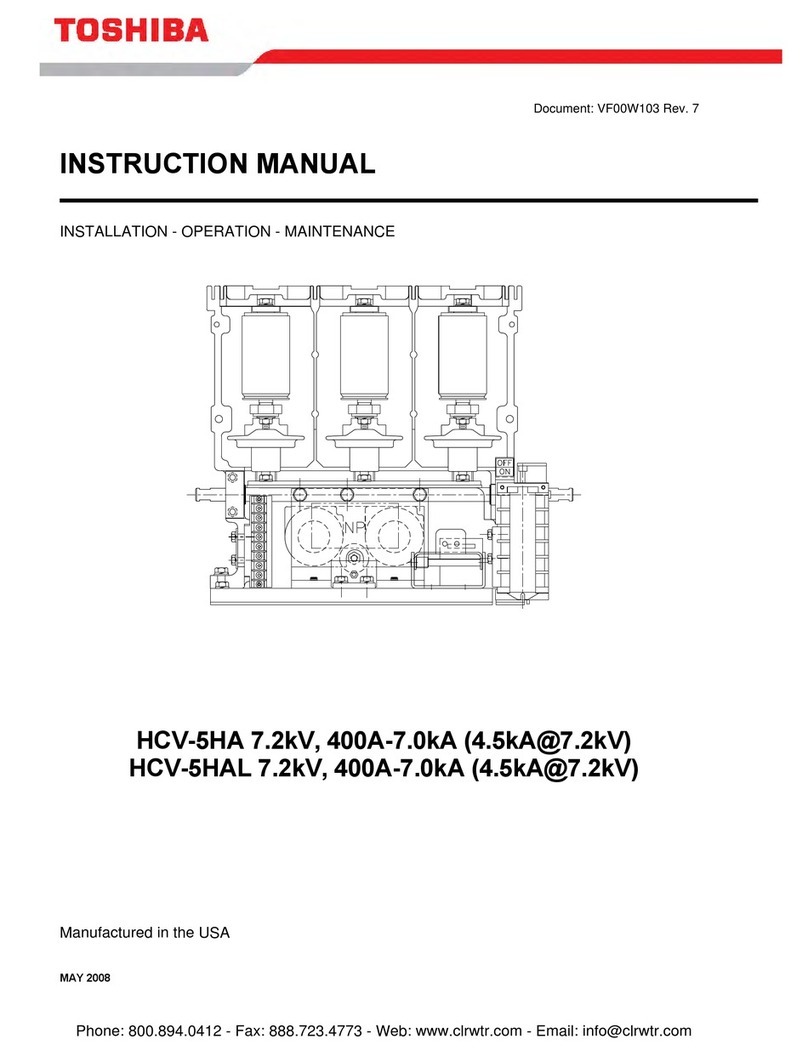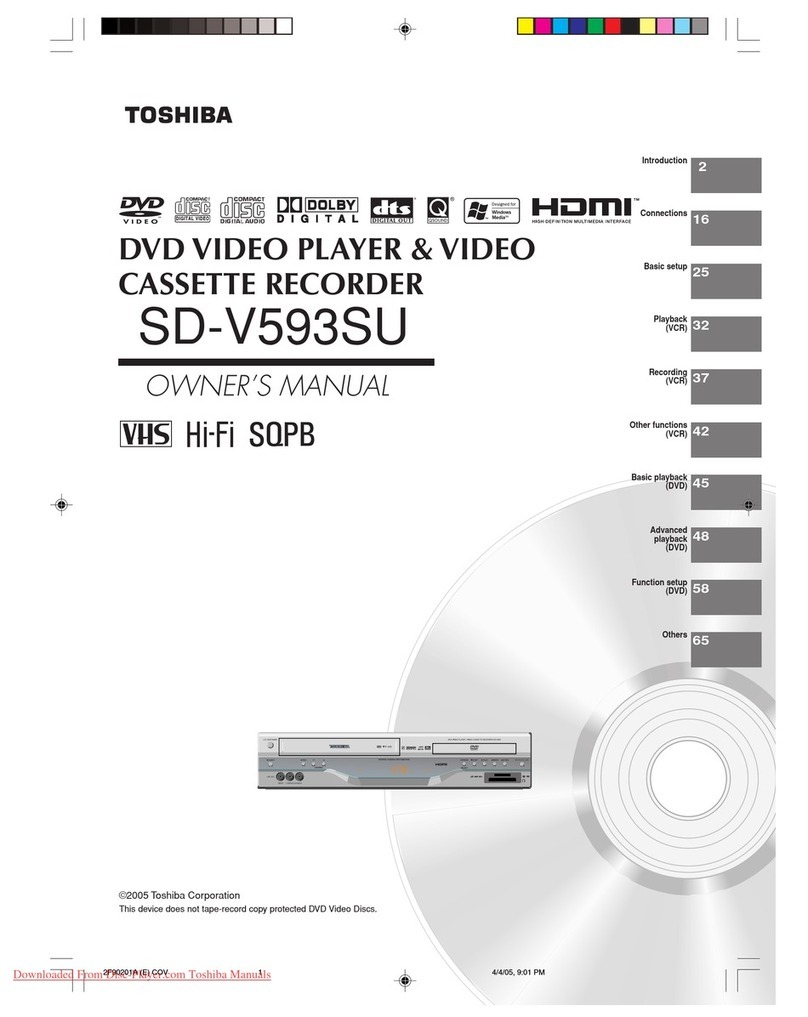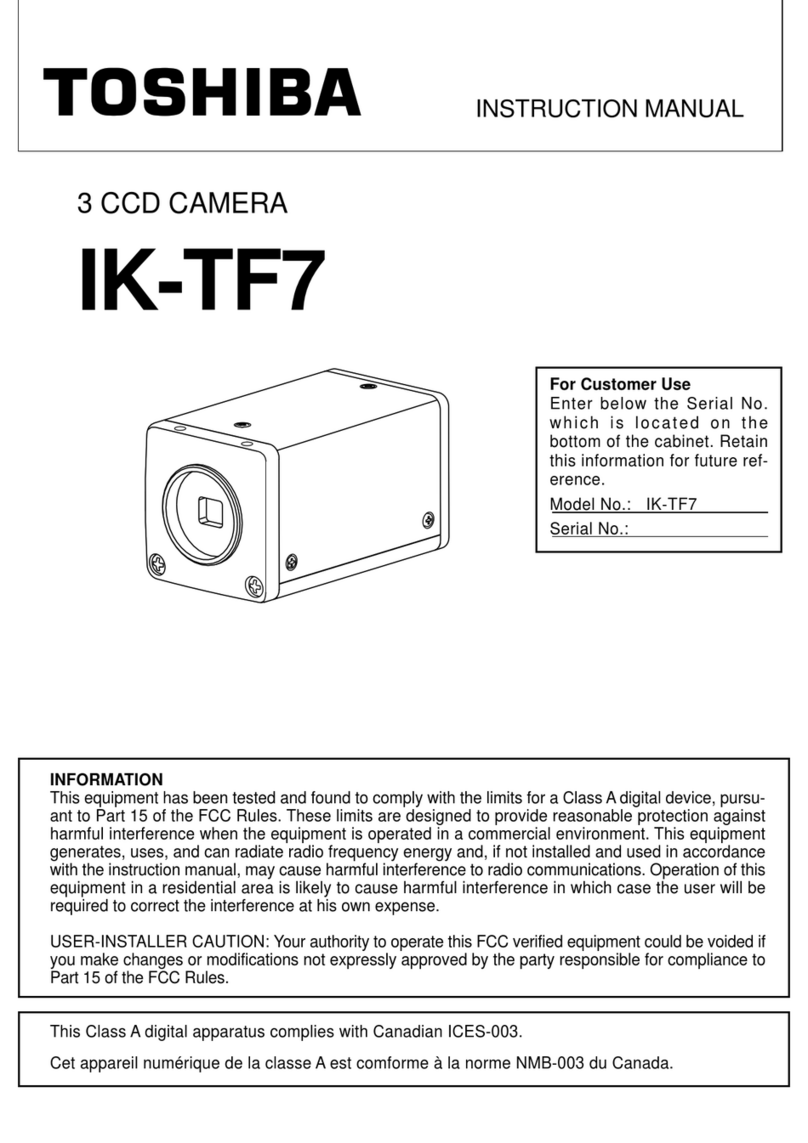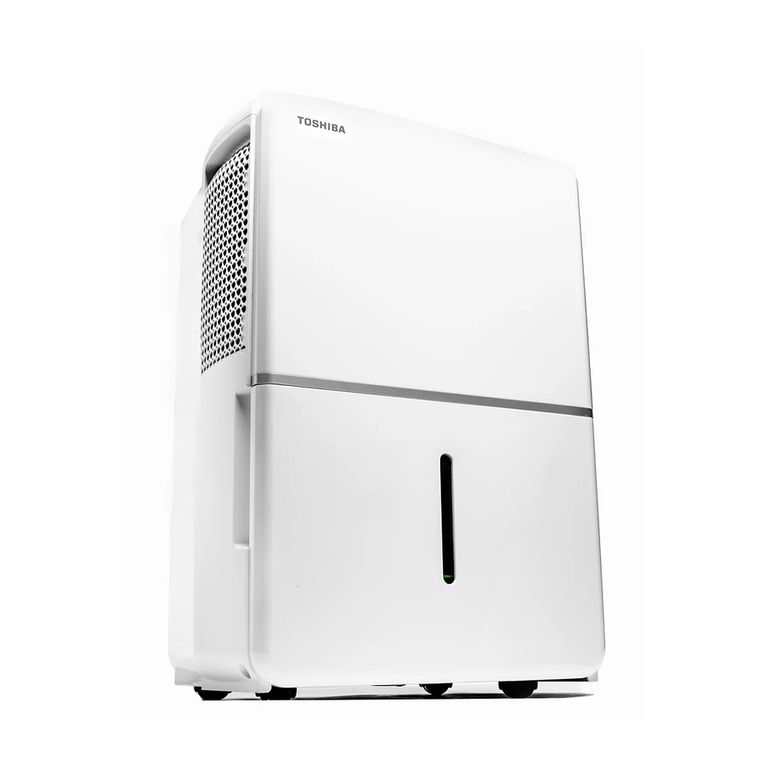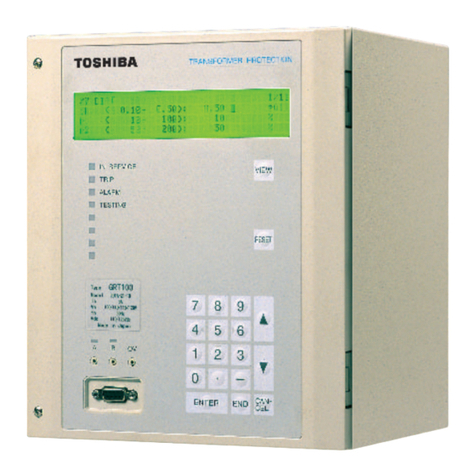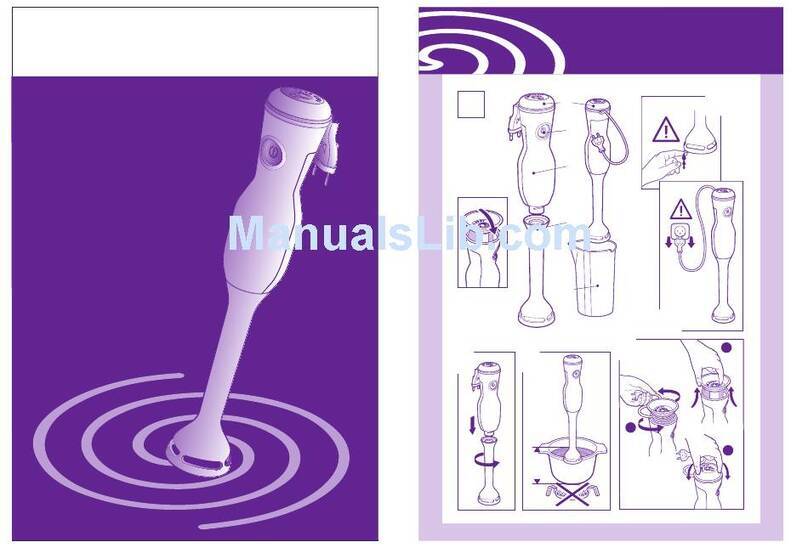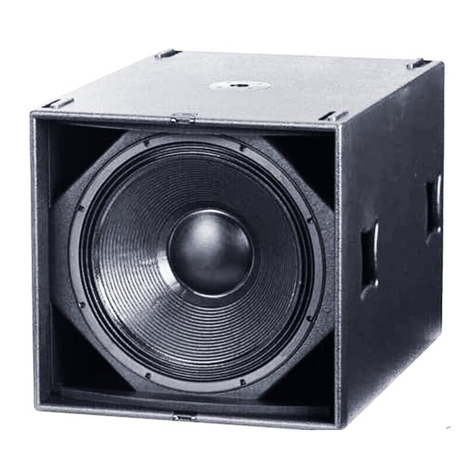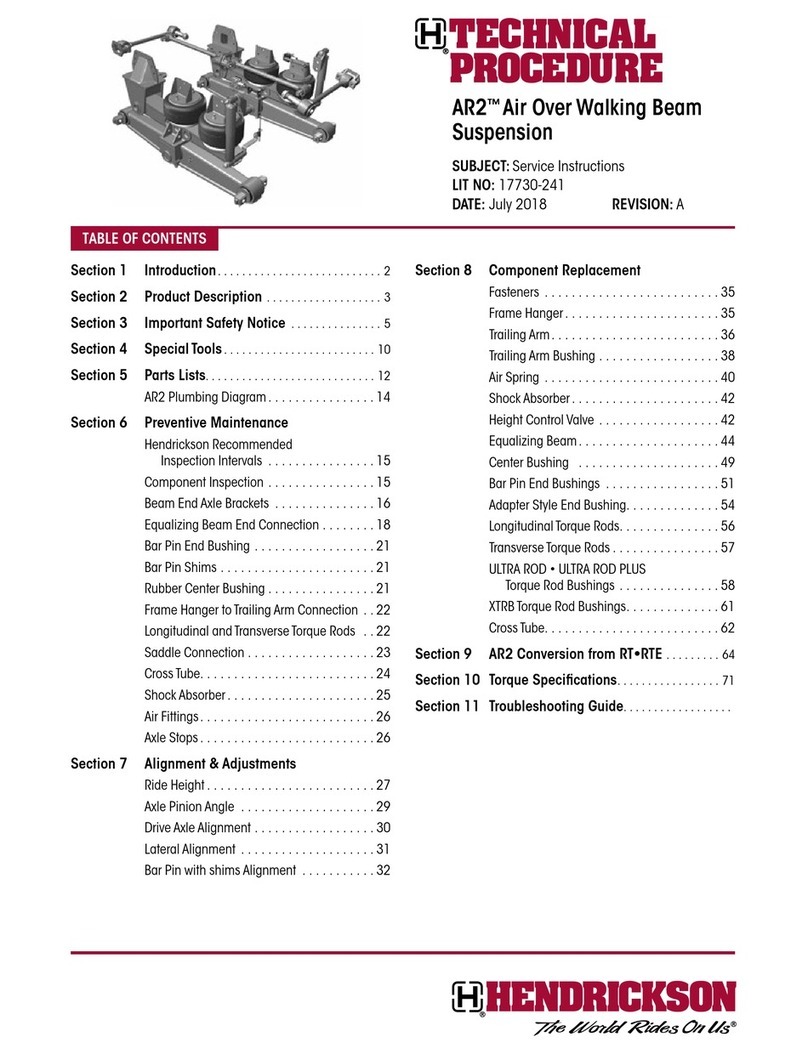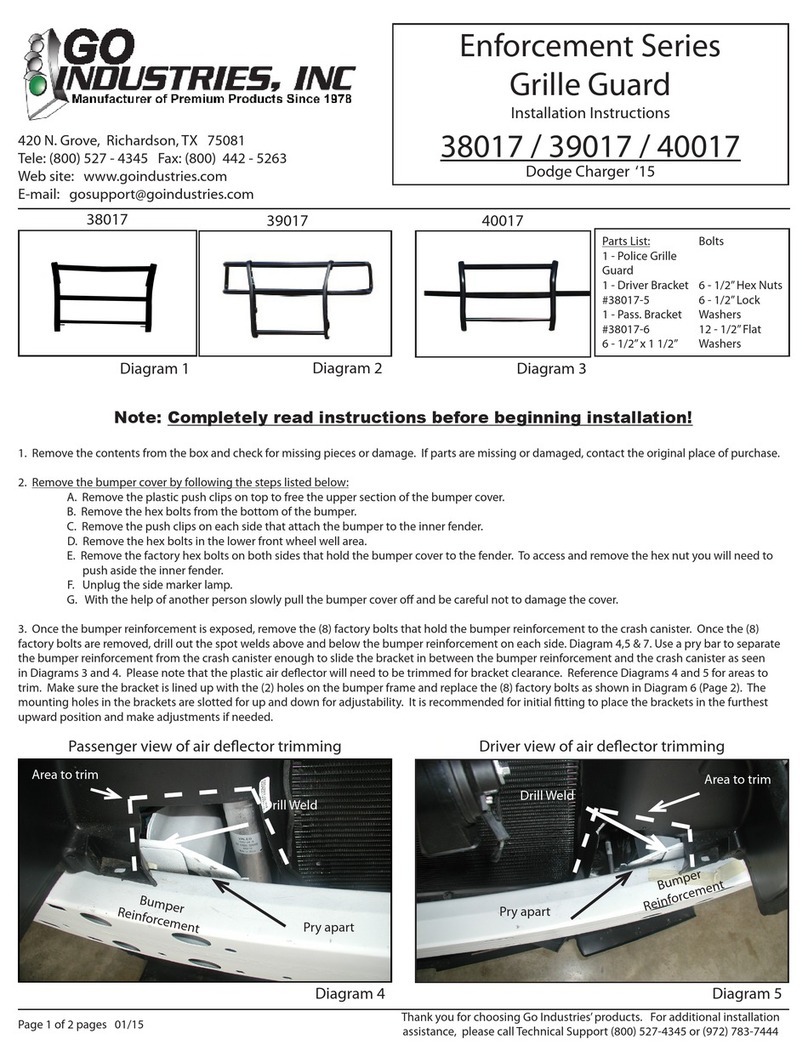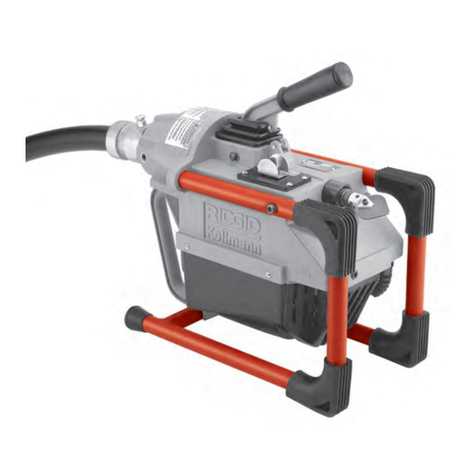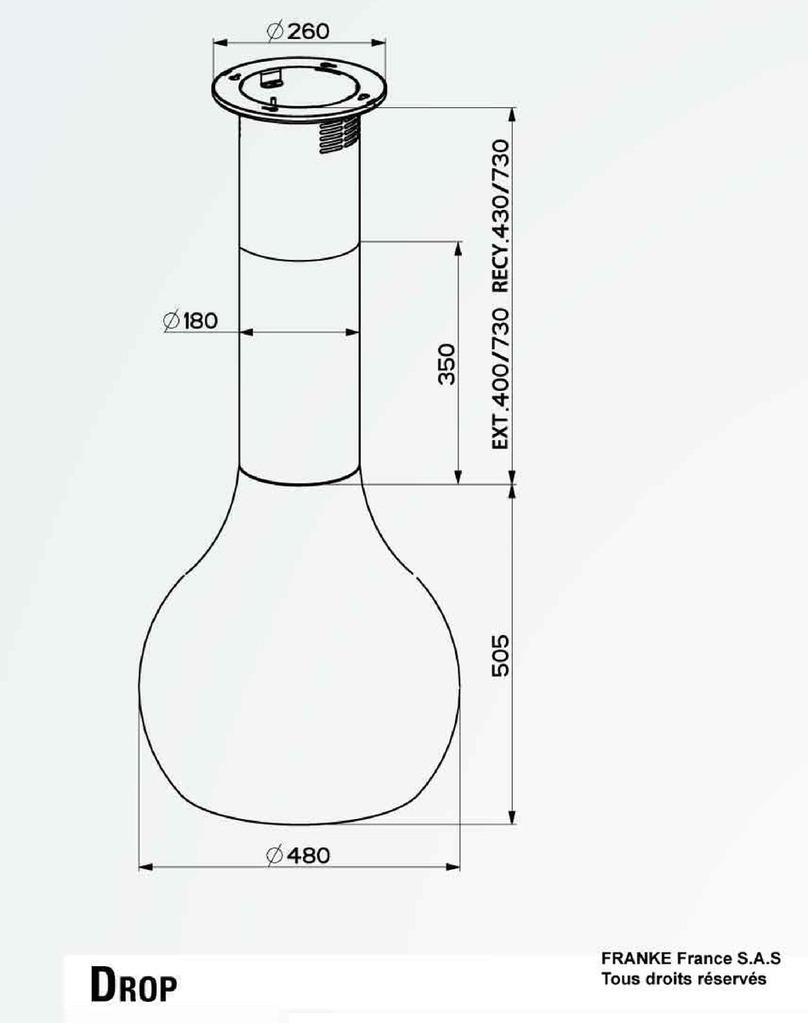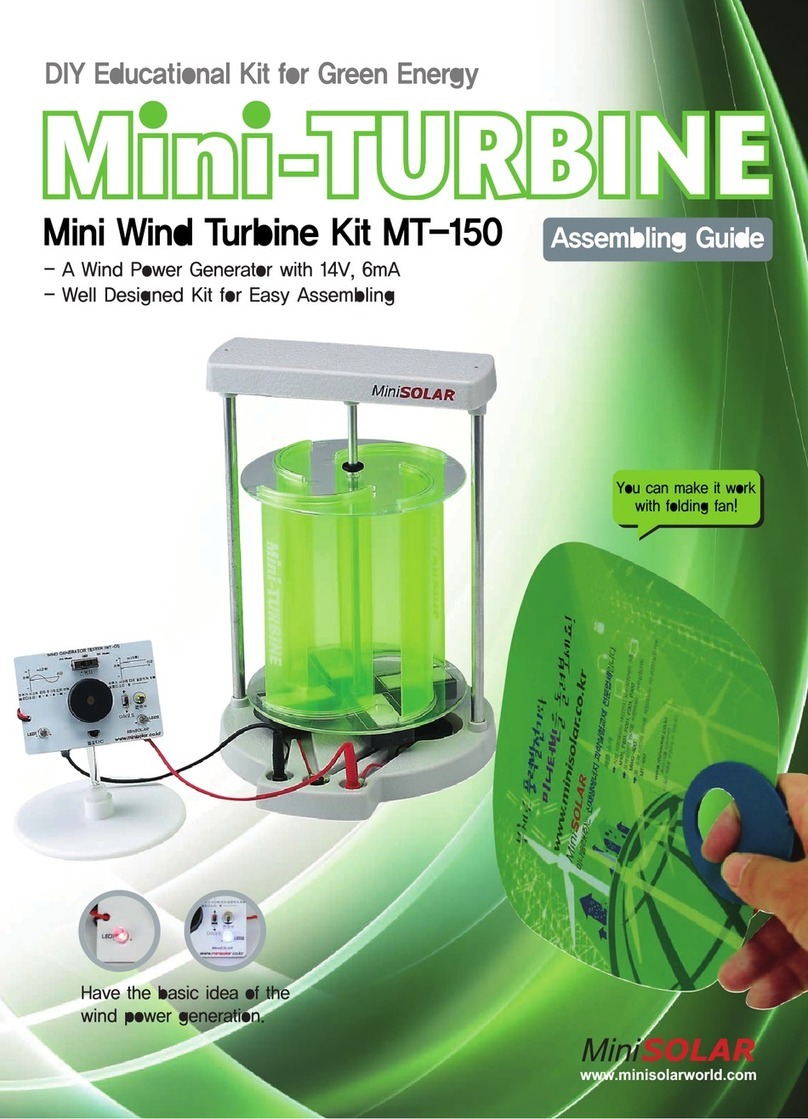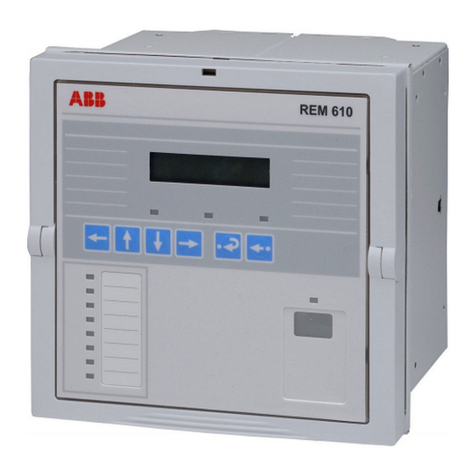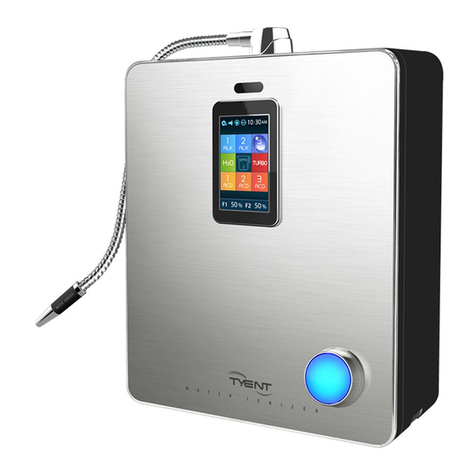9
6F2S0850
1. Introduction
The GRL100 provides high-speed phase-segregated current differential protection for use with
telecommunication systems, and ensures high reliability and security for diverse faults including
single-phase and multi-phase faults and double-faults on double-circuit lines, evolving faults
and high-impedance earth faults.
The GRL100 is used as a main protection for the following two- or three-terminal lines in EHV
or HV networks:
•Overhead lines or underground cables
•Lines with weak infeed or non-infeed terminals
•Single or parallel lines
•Lines with heavy load current
•Short- or long-distance lines
The GRL100 actuates high-speed single-shot autoreclose or multi-shot autoreclose.
The GRL100 can be used for lines associated with one-and-a-half busbar arrangement as well as
single or double busbar arrangement.
For telecommunications using the current differential protection, dedicated optical fibres or 64
kbits/s multiplexed communication links can be employed.
Furthermore, in addition to current differential protection, the GRL100 provides distance, directional
earth fault, overcurrent backup, thermal overload, under- and over-voltage, out-of-step and breaker
failure protection.
The GRL100 is a member of the G-series family of numerical relays which utilise common
hardware modules with the common features:
The GRL100 provides the following metering and recording functions.
- Metering
- Fault record
- Event record
- Fault location
- Disturbance record
The GRL100 provides the following menu-driven human interfaces for relay setting or viewing
of stored data.
- Relay front panel; 4 ×40 character LCD, LED display and keypad
- Local PC
- Remote PC
Password protection is provided to change settings. Eight active setting groups are provided.
This allows the user to set one group for normal operating conditions while other groups may be
set to cover alternative operating conditions.
GRL100 provides either two or three serial ports, and an IRIG-B port for an external clock
connection. A local PC can be connected via the RS232C port on the front panel of the relay.
Either one or two rear ports (RS485 or fibre optic) are provided for connection to a remote PC
and for IEC60870-5-103 communication with a substation control and automation system.
Further, the GRL100 provides the following functions.
- Configurable binary inputs and outputs

